On Sunday, May 19, in Washington, D.C., Mary Alice Garber of Politics and Prose kicked off the evening event by declaring to a crowd of more than 100 people, "This is a proclamation that the picture book is alive and well." (She was alluding to a manifesto that Mac Barnett wrote just over a year ago in support of the health and future of picture books.)
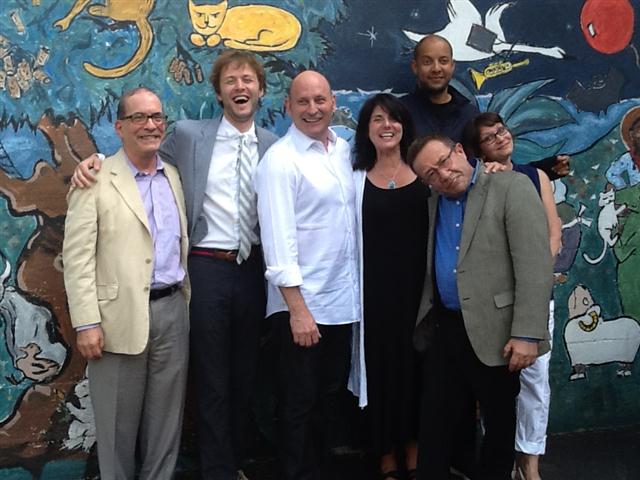 |
| L. to r.: Leonard Marcus, Mac Barnett, Jon Scieszka, Laura Vaccaro Seeger, Christopher Myers, Meg Medina] |
Children's literature scholar Leonard Marcus (Listening for Madeleine; Awakened by the Moon) moderated a panel that included Barnett (Extra Yarn), author-illustrator Meg Medina (The Girl Who Could Silence the Wind; Tía Isa Quiere un Carro), author-illustrator Christopher Myers (Jabberwocky; H.O.R.S.E.), editor Neal Porter (of Neal Porter books, an imprint of Roaring Brook Press), author Jon Scieszka (The Stinky Cheese Man; Knuckleheads) and author-illustrator Laura Vaccaro Seeger (Green; First The Egg).
Marcus noted that Randolph Caldecott likened opening a picture book to the experience of going to the theater, and that the best picture books establish a self-contained world, as in James Marshall's George and Martha. (Are they children? Adults? Where do they live? Does it matter?) Porter agreed, adding, "The best picture books are not easy or obvious, but they find their audience."
But what if the intended audience has no access to those picture books? Scieszka lamented "literacy" programs that in fact bring poor-quality books to kids; others agreed, and Medina championed programs that give great books to less-advantaged kids, such as an Open Book Foundation, led by Dara LaPorte and Heidi Powell (manager of the Politics and Prose children's department). It is a shame, Medina said, that education-related conversations focus heavily on testing rather than how to arrange author visits, or how to get good books into kids' hands. Barnett called the declining availability of quality affordable picture books "an ethical, political issue" and said he finds it "dangerous and sad... that picture books have become, more and more, a rich person thing."
Myers, struck by how quickly the conversation had become "heavy," broadened the access issue to include book content. He hopes to write books for young children about "hard" subjects (for example, he has an idea for a picture book about child soldiers), but feels pressured to make every book "whimsical." Barnett added, "The instinct to protect kids is not linked to the reality of being a kid, rich or poor. All kids have problems."
The environment in which Margaret Wise Brown (Goodnight Moon) worked, Myers noted, included space for experimentation, through the extremely affordable Little Golden Books, an outgrowth of the workshop-based Bank Street Writers Lab. In these venues, Brown altered the definition of children's literature, writing about fears and abstractions. Today, experimental picture books are too often discouraged, as Scieszka confirmed: "I got personalized rejection letters in response to 'The Very Ugly Duckling' " (a short story within Stinky Cheese Man).
Perhaps, Seeger postulated, authors and illustrators need better channels of communication to reach certain audiences. Too often, she gets invited to speak at schools where librarians and teachers are "just like us--booklovers." As gratifying as these visits are, she wonders how to reach kids who lack literature-invested grownups in their lives. Porter agreed, and after delineating the list of grownups who must touch a book before a child can (author, illustrator, editor, art director, marketing team, bookseller, teacher, parent), said that he often wishes he could skip the intermediaries and give books directly to children. Scieszka spoke to that wish as well, describing how he and Barnett went directly to kids to see what appealed, only to be told "Barnes & Noble won't want to sell that."
Myers, however, won't let Barnes & Noble stop him. Like Margaret Wise Brown, Maurice Sendak, Jon Sciezka/Lane Smith and Brian Selznick, among countless others, he wants to push the boundaries until they change. He plans to make a black-and-white book, conceived and designed as a PDF, available to anyone who wishes to print it. No longer can we ask, "Is the picture book dead?" The question has become, "How can we get picture books to everyone?" --Allie Jane Bruce, children's librarian, Bank Street College of Education (and former bookseller at Politics and Prose)
 Approximately 250 workers, about half of the morning shift, staged a second strike at Amazon's Leipzig distribution center in Germany over wages and benefits yesterday, the Wall Street Journal reported. Joerg Lauenroth-Mago, a spokesman for services employees union ver.di, said he expected the number to grow during the day. Earlier this month, 900 workers participated in a strike at Amazon facilities in Leipzig and Bad Hersfeld.
Approximately 250 workers, about half of the morning shift, staged a second strike at Amazon's Leipzig distribution center in Germany over wages and benefits yesterday, the Wall Street Journal reported. Joerg Lauenroth-Mago, a spokesman for services employees union ver.di, said he expected the number to grow during the day. Earlier this month, 900 workers participated in a strike at Amazon facilities in Leipzig and Bad Hersfeld. 


SHELFAWARENESS.1222.S1.BESTADSWEBINAR.gif)


SHELFAWARENESS.1222.T1.BESTADSWEBINAR.gif)
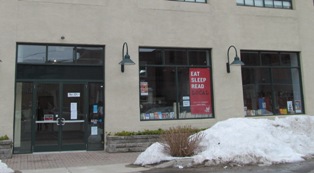 Every month, the
Every month, the 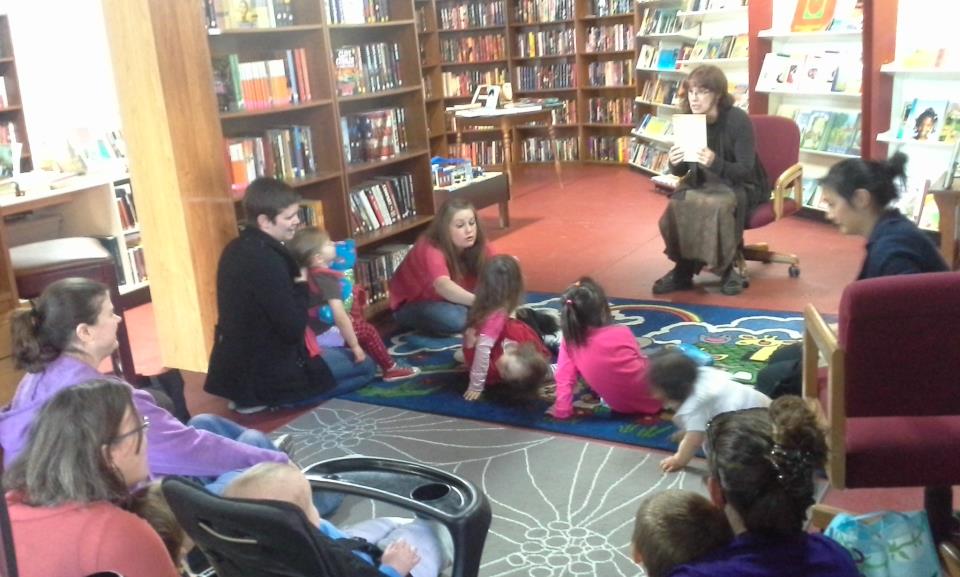
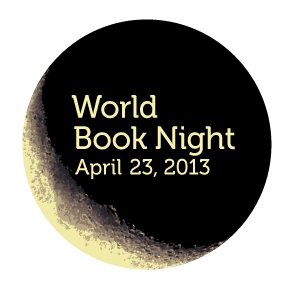 World Book Night U.S. is partnering with the
World Book Night U.S. is partnering with the 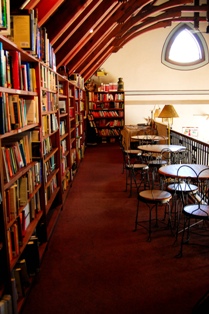
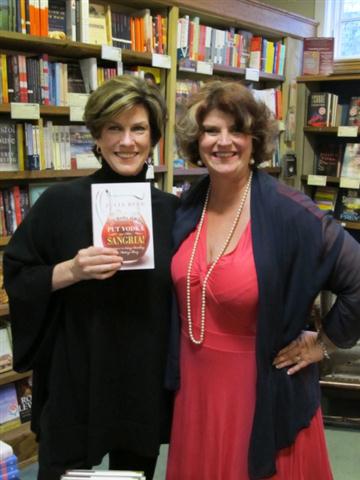 On Saturday night, author Julia Reed (l.), visited the Northshire Bookstore, Manchester Center, Vt., to talk about and sign copies of her new book, But Mama Always Put Vodka in Her Sangria!: Adventures in Eating, Drinking, and Making Merry (St. Martin's).
On Saturday night, author Julia Reed (l.), visited the Northshire Bookstore, Manchester Center, Vt., to talk about and sign copies of her new book, But Mama Always Put Vodka in Her Sangria!: Adventures in Eating, Drinking, and Making Merry (St. Martin's).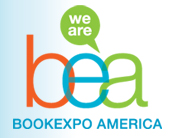
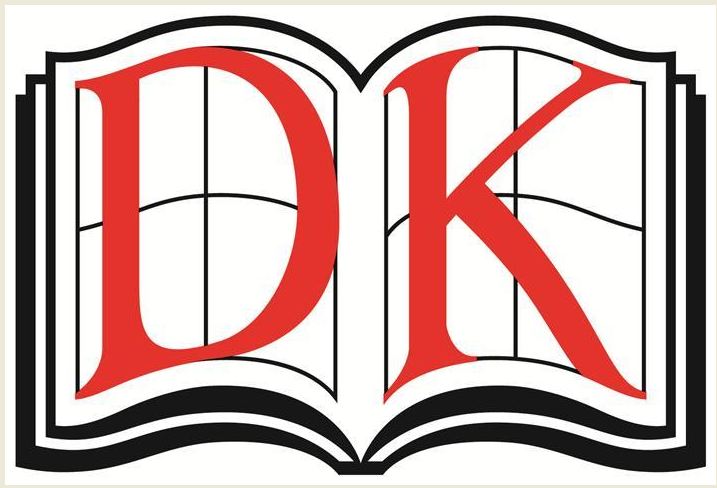
 1. Play Outdoors:
1. Play Outdoors:  6. Browse the Markets:
6. Browse the Markets: 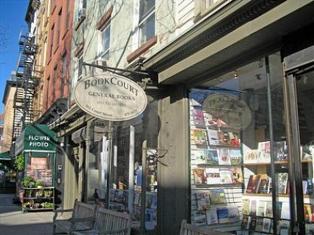 8. Shop the Streets: Smith and Court Streets (Boerum Hill, Cobble Hill, Carroll Gardens)
8. Shop the Streets: Smith and Court Streets (Boerum Hill, Cobble Hill, Carroll Gardens)
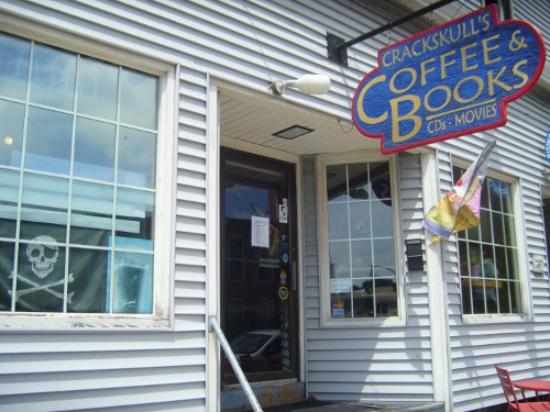
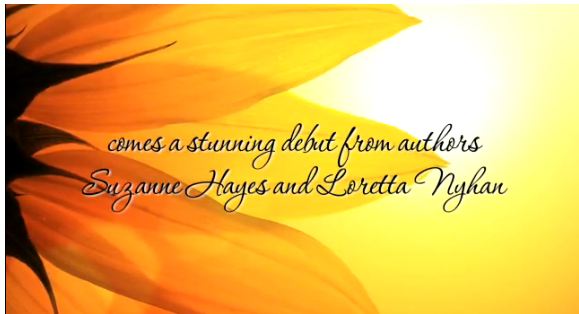 I'll Be Seeing You
I'll Be Seeing You This year's Palme d'Or winner at the Cannes Film Festival was
This year's Palme d'Or winner at the Cannes Film Festival was 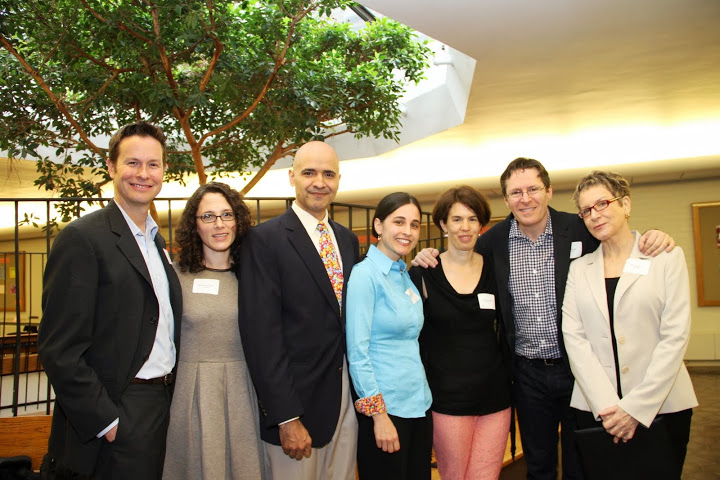 Last Thursday, the Bank Street College of Education held a celebration for the winners of the Irma Simonton Black Award (for best picture book of the year, voted on by first- and second-graders) and the Cook Prize (for the best picture book representing STEM principles, voted on by third- and fourth-graders).
Last Thursday, the Bank Street College of Education held a celebration for the winners of the Irma Simonton Black Award (for best picture book of the year, voted on by first- and second-graders) and the Cook Prize (for the best picture book representing STEM principles, voted on by third- and fourth-graders).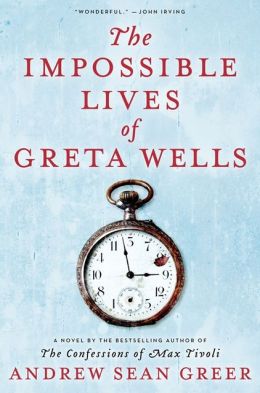 In Andrew Sean Greer's contemplative, reflective fourth novel, The Impossible Lives of Greta Wells, our narrator, Greta, a young woman in her 30s, tells us early on that she longs to live "in any time but this one"--1985. Her gay brother, Felix, whom she loves deeply, has died of AIDS; Nathan, her boyfriend of 10 years, has left her for another woman. Distraught and depressed, she turns to Dr. Cerletti for electroconvulsive therapy treatments. And then, like Dorothy clicking her magic shoes, Greta intones, "I wish it not to have happened.... Any time but this one," and she's gone.
In Andrew Sean Greer's contemplative, reflective fourth novel, The Impossible Lives of Greta Wells, our narrator, Greta, a young woman in her 30s, tells us early on that she longs to live "in any time but this one"--1985. Her gay brother, Felix, whom she loves deeply, has died of AIDS; Nathan, her boyfriend of 10 years, has left her for another woman. Distraught and depressed, she turns to Dr. Cerletti for electroconvulsive therapy treatments. And then, like Dorothy clicking her magic shoes, Greta intones, "I wish it not to have happened.... Any time but this one," and she's gone.